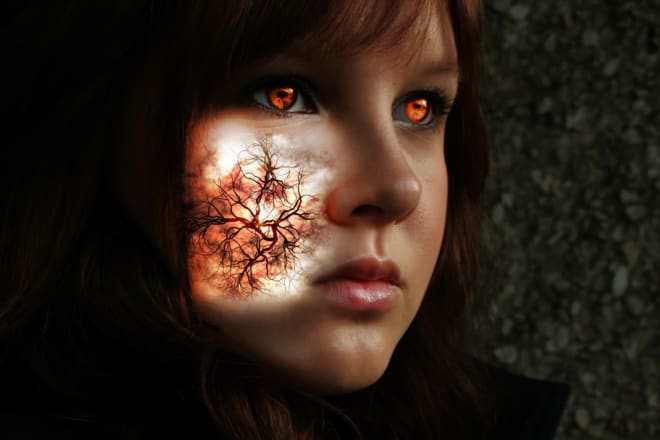Matte painting services
A matte painting is a painted representation of a landscape, set, or other location that allows filmmakers to create the illusion of an environment that would otherwise be impossible or impractical to film. Historically, matte painters and film technicians have used various techniques to combine a matte painting with live-action footage. The first known matte painting shot was made in 1907 by Norman Dawn, who combined a glass painting of a castle with live-action footage of actors in a film produced by Thomas Edison. With the advent of digital technologies, matte painters and film technicians have increasingly used digital tools to create matte paintings. The first digitally created matte painting was used in the 1984 film The Last Starfighter. Since then, digital matte paintings have been used in a wide variety of films, such as The Lord of the Rings trilogy, The Chronicles of Narnia, and Avatar. Digital matte painting is a rapidly evolving field, and matte painters and film technicians are constantly pushing the boundaries of what is possible. In recent years, there have been a number of films that have used digital matte paintings to create truly stunning visual effects. Here are just a few examples: • The Lord of the Rings: The Return of the King – The digital matte paintings used in this film were some of the most complex and detailed ever created. The film won an Academy Award for Best Visual Effects. • The Chronicles of Narnia: The Lion, the Witch, and the Wardrobe – This film used a combination of traditional and digital matte paintings to create the magical world of Narnia. • Avatar – This film used a mixture of live-action footage and digital matte paintings to create the stunning world of Pandora.
A matte painting is a painted representation of a landscape, set, or other pictorial element that allows filmmakers to create the illusion of an environment that would otherwise be impossible or impractical to build or visit. Historically, matte painters and film technicians have used various techniques to combine a matte-painted image with live-action footage. This was often done by physically painting the image on glass plates or backdrops, or by using a rotoscope to combine the live-action footage with the hand-painted element. Today, matte painters and film technicians use digital tools to combine matte-painted images with live-action footage. This is done by projecting the matte painting onto a surface during filming, or by digitally compositing the matte painting with live-action footage in post-production. Some of the benefits of using matte painting services include the ability to create photo-realistic environments, the flexibility to make changes to the environment after filming has already begun, and the ability to create environments that would be impossible or impractical to build or visit in real life.
Overall, matte painting services can be a great way to improve the look of your project. They can add realism and depth that may be lacking in other areas. However, it is important to remember that they are not a silver bullet. If your project has other problems, they may not be able to fix them. Always weigh the pros and cons of using matte painting services before making a final decision.
Top services about Matte painting
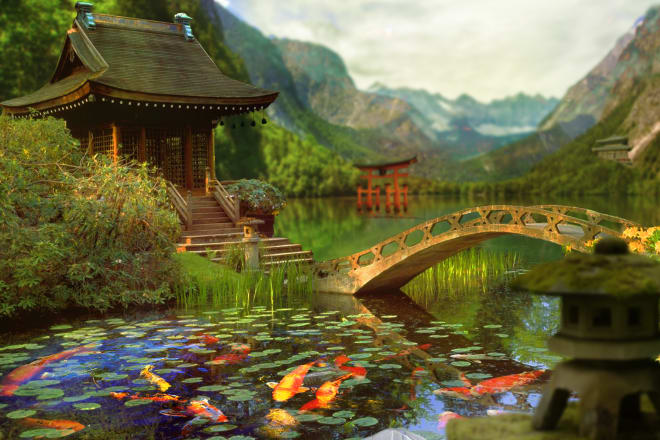
I will create professional matte paintings

I will create photorealistic environment matte painting
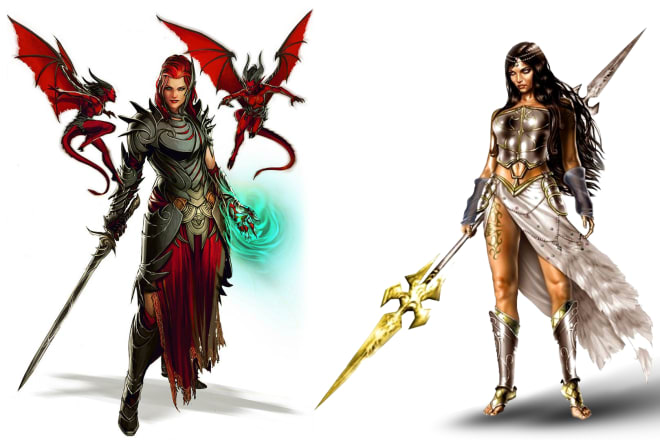
I will design attractive dnd character design and matte painting

I will do any type of matte painting in photoshop

I will do any type of matte painting in photoshop
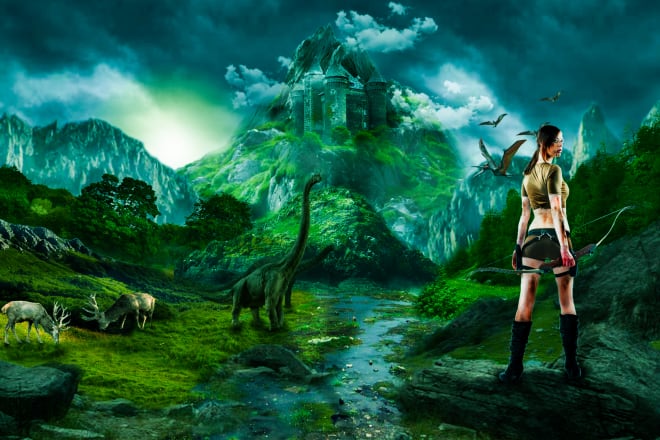
I will do professional matte painting and photo manipulation

I will professional matte painting in photoshop

I will do creative matte painting photoshop

I will do matte painting and photo editing
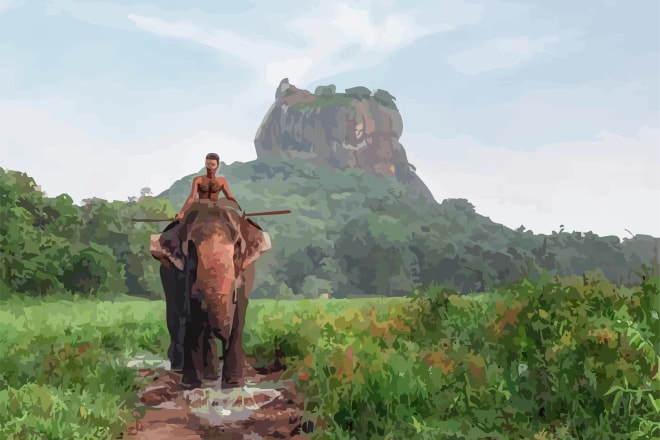
I will do matte painting and any graphic design

I will do creative unique matte painting

I will do digital matte painting

I will illustrate a matte painting
